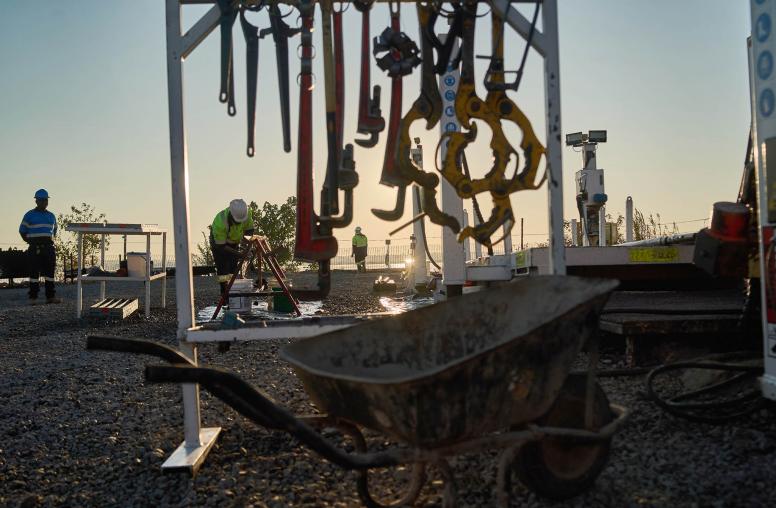Angola's Last Best Chance for Peace
An Insider’s Account of the Peace Process
Since independence, Angola has witnessed twenty-plus years of civil war and a string of broken peace agreements. “It is not difficult to be a cynic about Angola,” notes Ambassador Paul Hare. Yet Hare and other dedicated diplomats have continued to persevere in their quest for a lasting solution to the Angolan conflict.
In this behind-the-scenes account of the negotiation and implementation of the 1994 Lusaka Protocol, Hare describes how representatives of the United Nations and “the Troika” (the United States, Russia, and Portugal) launched negotiations with the rebel forces of UNITA, led by Jonas Savimbi, and the Dos Santos government to address their differences and plot a peaceful course for the country’s future. Angola’s Last Best Chance for Peace offers a revealing picture of the interplay of personalities and policy agendas in this large, resource-rich country.
In this exceptionally well-written book, Hare follows the uneven process of implementation through to 1998, concluding with a look at the lessons of Angola for other conflicts, both in Africa and elsewhere.
About the Author
Paul Hare was the U.S. special representative for the Angolan peace process from 1993 to 1998. His distinguished Foreign Service career included posts as director of Southern African affairs and U.S. ambassador to Zambia. A fellow at the United States Institute of Peace in 1996–97, he is now executive director of the United States–Angola Chamber of Commerce.



